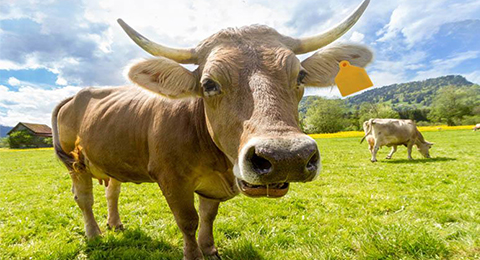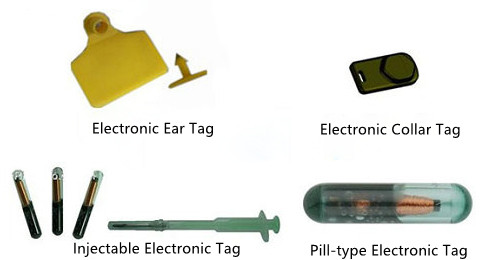400-9920-618
With the development of society and economy, people have higher requirements for the quality of life, especially in recent years, the continuous outbreak of animal epidemics around the world has brought serious harm to people's health and life, and made people's concerns about animal food. Safety issues have been taken seriously, and now all countries in the world attach great importance to it. Governments quickly formulate policies and take various measures to strengthen the management of animals. Among them, the identification and traceability of animals has become one of these important measures.
What is Animal Identification and Tracking
Animal identification and tracking refers to a technology that uses a specific label to correspond to the animal to be identified by a certain technical means, and can track and manage the relevant attributes of the animal at any time. In the past, the traditional manual record management and control method relied on paper media to record and manage the information in all aspects of animal feeding, transportation, processing, etc., which was inefficient, inconvenient to query, and difficult to trace when food safety incidents occurred.
Now, the identification and tracking of various animals through technical equipment can strengthen the control and supervision of exotic animal diseases, protect the safety of native species, and ensure the safety of international trade in animal products; it can strengthen the government's vaccination of animals and disease prevention. manage.
When the livestock is born and raised, RFID tags (such as ear tags or foot rings) are installed on the live stock. These electronic tags are placed on the ears of the livestock as soon as they are born. After that, the breeder uses a android handheld terminal rfid animal tracking pda to continuously Set, collect or store information in its growth process, and control production safety from the source. At the same time, the records of epidemic prevention records, disease information and key information of the breeding process of livestock in various periods are recorded. The information in the subsequent management and processing links will also be collected and uploaded to the database system through the mobile handheld terminal, forming a complete product traceability system, realizing the whole-process quality monitoring of meat products from ""farm to table"", helping to establish a complete, The traceable quality and safety system promotes the openness, transparency, greenness and safety of the entire meat production and processing process.
stock. These electronic tags are placed on the ears of the livestock as soon as they are born. After that, the breeder uses a android handheld terminal rfid animal tracking pda to continuously Set, collect or store information in its growth process, and control production safety from the source. At the same time, the records of epidemic prevention records, disease information and key information of the breeding process of livestock in various periods are recorded. The information in the subsequent management and processing links will also be collected and uploaded to the database system through the mobile handheld terminal, forming a complete product traceability system, realizing the whole-process quality monitoring of meat products from ""farm to table"", helping to establish a complete, The traceable quality and safety system promotes the openness, transparency, greenness and safety of the entire meat production and processing process.
Types of RFID animal tags and how to use them
Animal RFID tags are roughly divided into collar type, ear tag type, injection type and pill type electronic tags, as shown in the figure.

(1) The electronic collar tag can be easily replaced for automatic feed rationing and measurement of milk production mainly used in stables.
(2) The electronic ear tag stores a lot of data, and is not affected by bad weather environment, has a long reading distance and can realize batch reading.
(3) The injectable electronic tag uses a special tool to place the electronic tag under the skin of the animal, so a fixed connection is established between the animal's body and the electronic tag, which can only be removed by surgery.
(4) The pill-type electronic tag is to place the container with the electronic label through the esophagus of the animal into the foregastric fluid of the animal, and stay for life. Simple and reliable, the electronic tag can be placed into the animal without harming the animal.
Handheld Wireless mobile rfid tag reader terminal can accurate read 125KHz/134.2KHz animal tags and identify information fast,and enhance safe production management in animal husbandry.